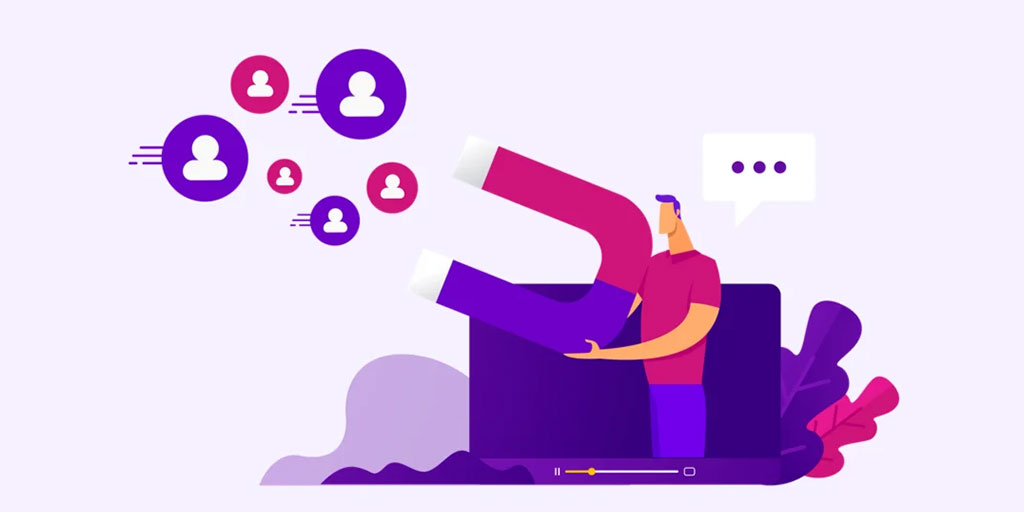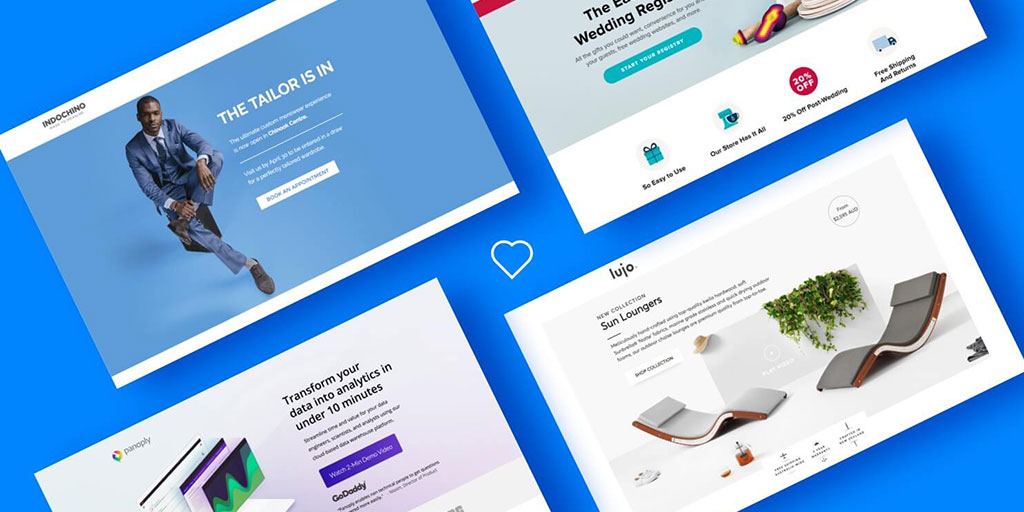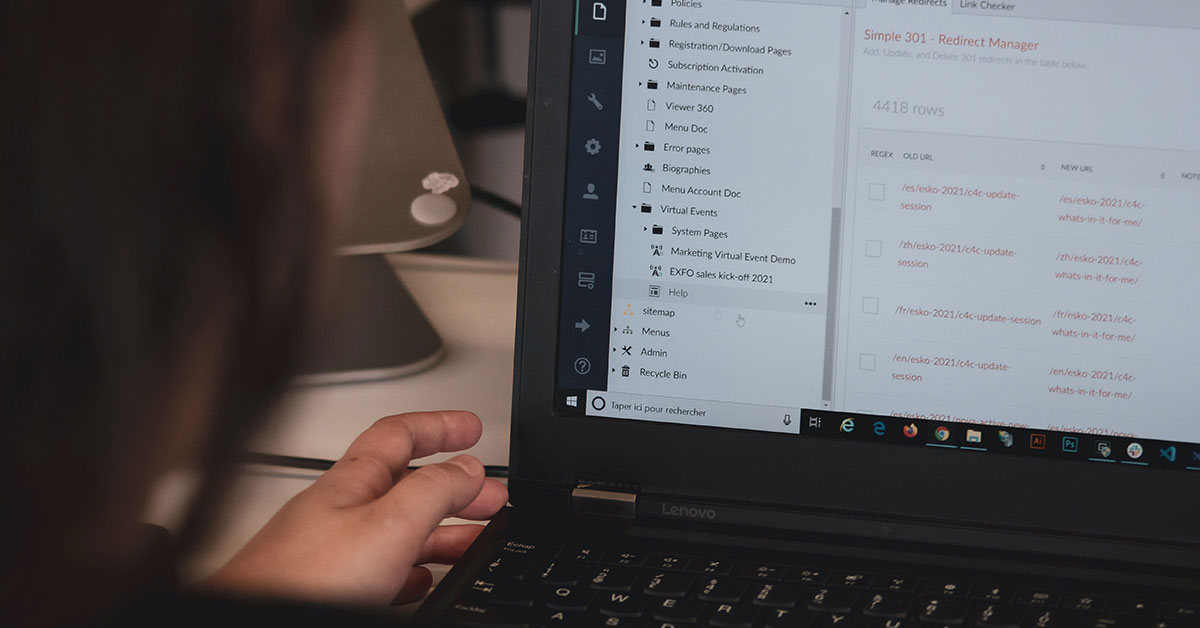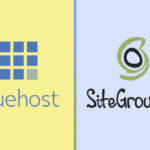High-Converting Landing Pages play a crucial role in online marketing. These standalone web pages are specifically designed to persuade visitors to take a specific action, such as capturing leads, selling products, and driving conversions. They are an essential tool for businesses to convert online traffic into leads and customers. Landing pages are also often used in conjunction with other digital marketing efforts such as email marketing, search engine optimization, and paid advertising to increase their effectiveness.
Overview of the key elements of a successful landing page A successful landing page should be clear, concise, and designed to achieve a specific goal. Some key elements of a successful landing page include:
- A clear and compelling headline that grabs attention and communicates the value proposition
- A well-designed layout that is easy to navigate and visually appealing
- Strong and persuasive copy that clearly communicates the benefits of the product or service being offered
- A prominent and compelling call to action (CTA) that encourages visitors to take the desired action
- A form to capture leads and contact information
- Trust signals such as customer testimonials, trust badges, and security certificates
- Optimized for mobile devices
- A/B testing to measure performance and improve conversion rates
By understanding the importance of landing pages and the key elements of a successful landing page, businesses can increase their chances of driving conversions and achieving their online marketing goals.
High-Converting Landing Pages: What are they, and why are they important for online success?
1. Understanding Your Audience

- Identifying your target audience and creating buyer personas To create a high-converting landing page, it’s crucial to understand your target audience and what they are looking for. Identifying your target audience and creating buyer personas, fictional representations of your ideal customers, can help you tailor your landing page to better resonate with them. This includes understanding their pain points, interests, and needs, as well as their demographics, psychographics, and behaviors.
- Researching your competitors and understanding their landing pages Researching your competitors can provide valuable insights into what’s working (and what’s not) in your industry. Analyze their landing pages, and take note of elements such as layout, headlines, images, copy, and CTAs. By understanding what your competitors are doing, you can identify opportunities to differentiate your landing page and create a more effective and compelling experience for your target audience.
By understanding their target audience and researching competitors, businesses can create a landing page that speaks to the needs and desires of their target audience, thus increase the chances of conversions.
2. Designing a High-Converting Landing Page

- Choosing the right layout and elements for your landing page The layout and elements of a landing page play a crucial role in determining its success. When choosing a layout and elements for your landing page, it’s important to keep the following in mind:
- Keep it simple and uncluttered: A cluttered landing page can be overwhelming and make it difficult for visitors to focus on the call to action.
- Use whitespace effectively: Utilize whitespace to create a clean and visually appealing design.
- Make it easy to navigate: Use a clear and logical layout to make it easy for visitors to find what they’re looking for.
- Optimizing headlines, images, and other key elements Headlines, images, and other key elements are the first thing visitors will see when they land on your page, so it’s important to make a strong impression.
- Headlines: The headline should be clear, concise, and communicate the value proposition of your product or service.
- Images: Images should be high-resolution, relevant, and visually appealing.
- Other key elements: Other elements such as the color scheme, typography, and CTA should be consistent with your brand and support the overall design of the page.
- Creating a clear and compelling call to action A clear and compelling call to action (CTA) is one of the most important elements of a landing page. The CTA should be prominently placed, easy to see, and easy to understand. It should also align with the overall goal of the landing page and be consistent with the messaging and design of the page. Some best practices for creating a clear and compelling CTA include:
- Use action-oriented language: Words such as “buy,” “subscribe,” or “download” can increase conversions.
- Use contrasting colors: Use colors that stand out from the rest of the page to make the CTA more noticeable.
- Make it easy to find: The CTA should be prominently placed and easy to find, so visitors don’t have to search for it.
By choosing the right layout and elements, optimizing headlines, images, and other key elements and creating a clear and compelling CTA, businesses can increase the chances of converting visitors into customers.
3. Testing and Optimizing Your Landing Page

- Setting up A/B testing to measure the performance of different versions of your landing page A/B testing, also known as split testing, is the process of creating two or more versions of a landing page and testing them with a sample of visitors to see which one performs better. By setting up A/B testing, businesses can measure the performance of different versions of their landing page and make data-driven decisions to improve conversion rates.
- Analyzing data and making data-driven decisions to improve conversion rates Once the A/B testing is complete, it’s important to analyze the data and use it to make informed decisions. By analyzing data such as click-through rates, bounce rates, and conversion rates, businesses can identify areas of improvement and make changes to the landing page accordingly.
- Utilizing heat maps and other tools to understand user behavior on your landing page Heat maps and other tools can provide valuable insights into how visitors interact with a landing page. These tools can show where visitors are clicking, where they are spending the most time, and where they are dropping off. By utilizing heat maps and other tools, businesses can gain a better understanding of user behavior on their landing page and make data-driven decisions to improve conversion rates.
By setting up A/B testing, analyzing data and utilizing heat maps and other tools, businesses can continually test and optimize their landing page to improve conversion rates. It’s important to remember that testing and optimization is an ongoing process, and not a one-time event. Regularly monitoring and analyzing data, and making data-driven decisions, can help businesses continuously improve their landing page and increase conversions over time.
4. Keeping Your Landing Page Fresh and Relevant

- Best practices for updating and maintaining your landing page Creating a high-converting landing page is just the first step, it’s important to keep it fresh and relevant to maintain its effectiveness over time. Some best practices for updating and maintaining your landing page include:
- Regularly reviewing and updating the design, copy, and imagery to ensure they are still relevant and effective.
- Keeping the landing page up to date with new products, promotions, or other relevant information.
- Removing any outdated or irrelevant information.
- Continuously testing and optimizing the landing page to improve conversion rates
- How to use retargeting and remarketing to increase conversions Retargeting and remarketing are powerful tools that allow businesses to target ads to people who have already visited their website. Retargeting and remarketing can be used to increase conversions by:
- Showing ads to visitors who didn’t convert the first time they visited the landing page
- Showing ads to visitors who have abandoned a shopping cart or form
- Showing ads that feature products or services that the visitor expressed interest in
- Creating customized ads that are tailored to the visitor’s interests and behavior
By keeping the landing page fresh and relevant and using retargeting and remarketing, businesses can increase the chances of converting visitors into customers.
Click Here to Get More Traffic in 2023: The Ultimate Guide to SEO
In conclusion, creating a high-converting landing page is essential for businesses looking to drive conversions and achieve their online marketing goals. By understanding your audience, designing a visually appealing and compelling landing page, testing and optimizing the landing page, keeping it fresh and relevant and retargeting and remarketing to increase conversions, businesses can increase their chances of success.
Remember that the process of creating a high-converting landing page is an ongoing one, and it’s important to continually analyze data, test, and make data-driven decisions to improve conversion rates. The resources mentioned in this article are a great starting point, but there are many other resources available for further learning and development. By staying informed and continually learning and adapting, you can ensure that your landing page is effective and successful.







